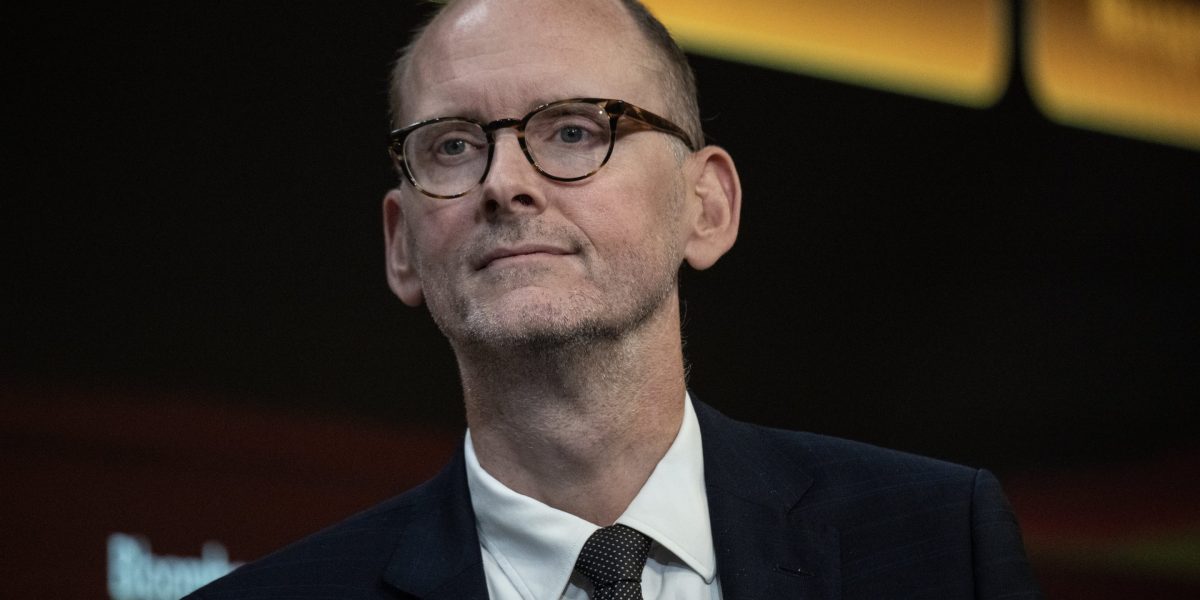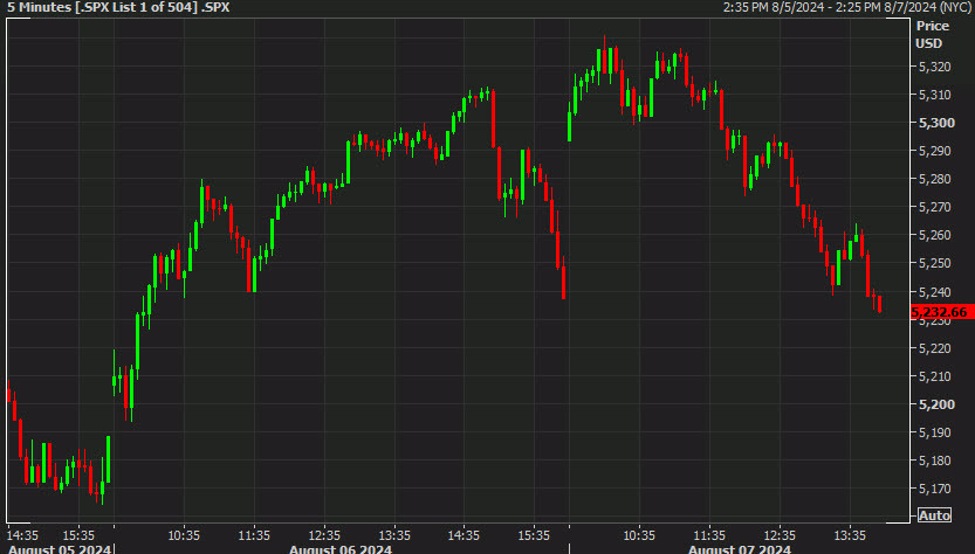

The unemployment rate may be higher, but it’s because there are more workers, not fewer jobs.
The recent rise in unemployment is because an immigration surge has expanded the labor supply in the U.S. not because there have been widespread job cuts, according to Apollo Global Management chief economist Torsten Slok. Apollo is one of the world’s largest private equity firms with $696 billion in assets under management.
According to data from the Bureau of Labor Statistics, the unemployment rate has increased for the past five months to its current level of 4.3%. That trend led to concerns a recession was on the horizon. A rise in the unemployment rate often presages a recession, as companies lay off workers in an effort to cut costs and brace themselves for tough times ahead.
However, Slok points out there haven’t been mass layoffs. In fact, layoffs have been relatively flat for the year, hovering between roughly 1.5 million to 1.6 million a month. June even had the lowest number of layoffs of the year.
Instead there are more people joining the labor force—even if they aren’t working at the moment. “The source of the rise in the unemployment rate is not job cuts but a rise in labor supply because of rising immigration,” Slok wrote in an email.
In 2022, net immigration to the U.S. amounted to 2.6 million people, according to the Congressional Budget Office. In 2023, that number jumped to 3.3 million. Forecasts for 2024 expect the same levels of net immigration.
For a long time immigration helped prop up the U.S. economy by filling labor shortages during the tight labor market in the aftermath of the pandemic. Immigrants were employed, getting paid, and spending that money on goods and services, keeping the economy chugging along when it risked faltering. Immigrants also helped cool an overheated labor market, according to research from the Kansas City Fed. However, the uptick in immigration also reduced wage growth, according to the Kansas City Fed’s research, which while helpful to keep inflation from getting out of hand in the short-term, harms workers’ earning potential over the long term.
The most recent round of employment data released in July triggered what economists call the Sahm rule, which states that if the three-month rolling average of the unemployment rate is at least 0.5% higher than the 12-month low, the economy is in the start of a recession. A fact that many economists, Slok among them noticed, yet brushed aside.
“The Sahm rule was designed for a decline in labor demand, not a rise in immigration,” Slok said.
Claudia Sahm, the inventor of the rule, agreed. On Wednesday in an op-ed for Bloomberg, the chief economist at New Century Advisors explained that her rule doesn’t distinguish between a rise in labor supply and a reduction in labor supply, which both raise the unemployment rate but for different reasons. “The rate will decrease once the jobs ‘catch up’ with the new job seekers and more workers allow the economy to grow more,” she wrote. “The Sahm rule does not distinguish between these two dynamics, and can look more ominous when the labor force is expanding rapidly.”
When asked about the Sahm rule last month, Federal Reserve chair Jerome Powell hinted at her points. Powell called the rule a “statistical regularity” and not “an economic rule where it’s telling you something must happen.”
Slok cited Powell’s recommendation to look at more than just a single metric to properly assess the economy. Powell “said we should focus on the totality of the data, not just on one data point,” Slok wrote. “And the totality of the data still shows an economy that is solid.”
In a blog post published last week, Slok cited high levels of consumer spending on purchases like air travel and restaurants as signs the economy was slowing, but not cratering, and headed for a soft landing. Yet, there are still some notable changes in consumer behavior that indicate tougher economic times could be coming. Retail spending has been wobbly in the past two months and credit card delinquencies rose through the second quarter, neither of which bode well for the health of the U.S.’s consumer driven economy.















